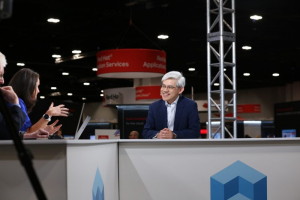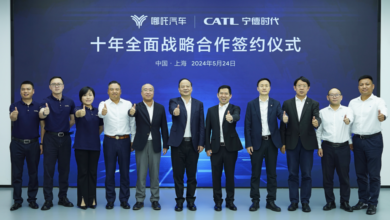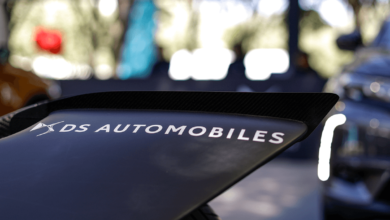Revolutionizing the Automobile Industry: AI and Open-Source Tech

Generative artificial intelligence and open-source software are used across various industries, and up until recently, one of the most often overlooked is the automobile industry, which has a large and innovative use case for the technologies. One of the biggest uses of AI and open-source technology in automobiles is the use of safety-critical systems in software-defined vehicles, an example of how these emerging innovations have applications across all market and are revolutionizing the automobile industry.

Red Hat’s Francis Chow talks with theCUBE about revolutionizing the automobile industry.
“There’s a lot of technical challenges that we’re working through with the ecosystem in the industry. There’s always a balance of safety, security and features and time to market.,” said Francis Chow (pictured), vice president and general manager of in-vehicle operating system and edge at Red Hat Inc. “There are also some longer-term issues, including legal or ethics issues, that you get into for autonomous driving. So I would say the industry is definitely moving progress.”
Chow spoke with theCUBE Research’s Paul Gillin and Rebecca Knight at Red Hat Summit, during an exclusive broadcast on theCUBE, SiliconANGLE Media’s livestreaming studio. They discussed how Red Hat is transforming the automotive industry, fast-tracking SDV concepts to the market and how open-source is transforming the automotive industry. (* Disclosure below.)
AI and edge computing leading the way in revolutionizing the automobile industry
The vehicle industry is notoriously proprietary, and getting everyone to get on board with using open-source on a fundamental level might be tricky, but a necessity at the same time.
“We’re getting to a point … that the software complexity can no longer be managed by a single kind of closed-source render systems,” Chow said. “One of the ways to solve that is to allow the non-definitioning features of the stack to be open source.”
Chow shared some insights into what he believes is to come for the automotive industry, which is the intersection of AI and the edge. If you think about what’s most probable of leveraging AI, it is where the actions happen, according to Chow.
“If you think about where the data is, the data is at the edge,” he said. “Why not train the model at the edge, leveraging the data at the edge and then deploy it where the model and the data are generated?”
Here’s the complete video interview, part of SiliconANGLE’s and theCUBE Research’s coverage of Red Hat Summit:
(* Disclosure: Red Hat Inc. sponsored this segment of theCUBE. Neither Red Hat nor other sponsors have editorial control over content on theCUBE or SiliconANGLE.)
Photo: SiliconANGLE
Your vote of support is important to us and it helps us keep the content FREE.
One click below supports our mission to provide free, deep, and relevant content.
Join our community on YouTube
Join the community that includes more than 15,000 #CubeAlumni experts, including Amazon.com CEO Andy Jassy, Dell Technologies founder and CEO Michael Dell, Intel CEO Pat Gelsinger, and many more luminaries and experts.
THANK YOU



